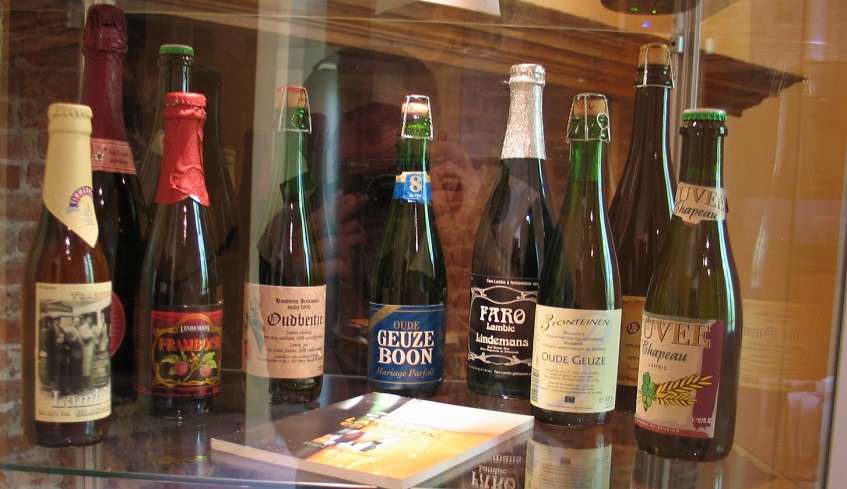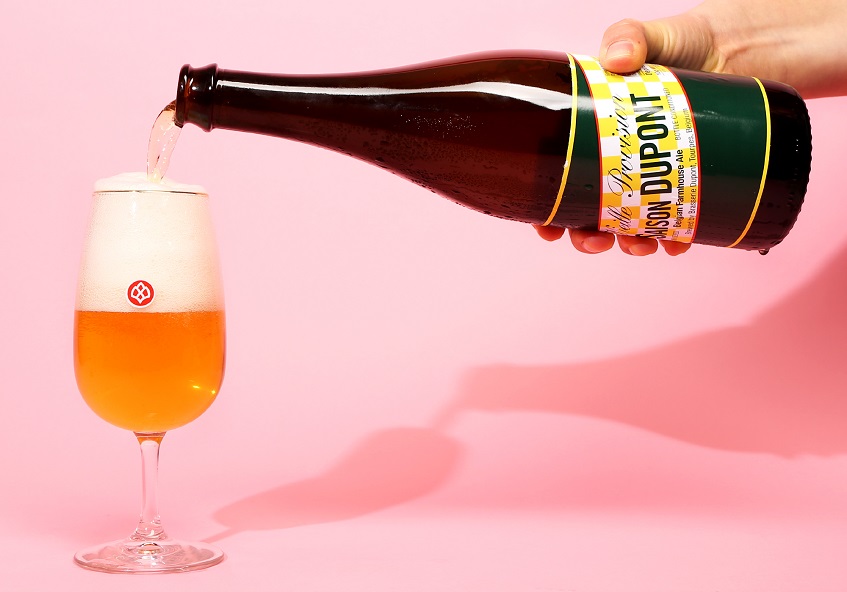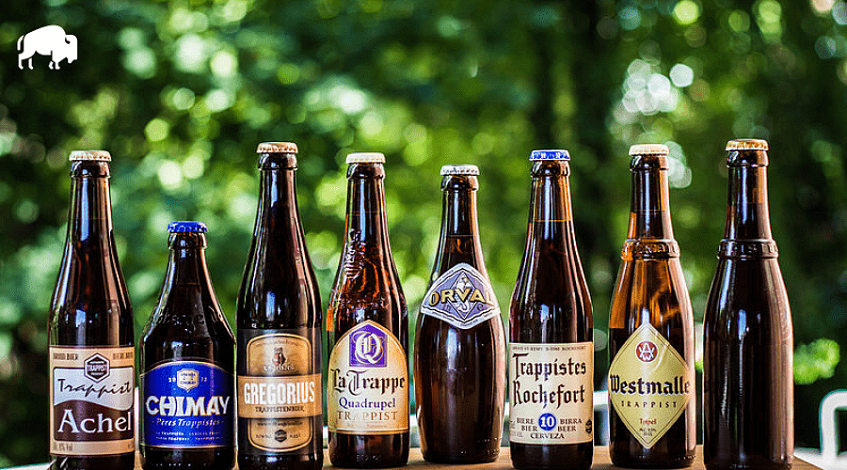When there are devils, phantoms and dragons lurking in your glass, you know it’s got to be one hell of a beer. Not all Belgian beers or breweries have such cool names, but the sheer variety of tastes, aromas and flavours is certainly there. They might not all have a diabolical tinge, but pleasure is found in every sip. The country boasts almost 2000 different beers, from as many as 300 breweries. With a brewing tradition dating centuries back, craftsmen have passed on age-old recipes from one generation to the next. Ales sit high on the favourites list, but new beer styles are also hitting the shelves.
Typical of full-bodied Belgian craft beer is the high alcoholic content, the use of specialty malts and yeasts, and fermentation processes best-kept secret. Local varieties are a matter of pride, and thirstily worshipped on every occasion. Each beer type also has its own uniquely shaped serving glass to bring out the wild complexity of differing tastes and aromas and make it known to everyone that you’re drinking a unique beer full of character.
With breweries dotting every part of the country, Belgium has become a mecca for beer lovers the world over. The country’s contribution to beer-making has even been recognised by UNESCO, with Belgium’s beer culture enlisted as an intangible cultural treasure since 2016. Several beer museums highlight the historical importance of beer in the country. Craft breweries have long had a strong footing in this respect churning out different types of beer throughout the centuries. Let’s take a sip into the different flavours.
Lambic Beer
Lambic beers are traditionally produced around Brussels and the region of Pajottenland, just to the south of the city. Lambic typically has 40 per cent unmalted wheat and 60 per cent of base malt, mainly barley. Aged hops are used in so-called spontaneous fermentation with naturally occurring yeast and the beer has low carbonation. Most Lambic varieties have an earthy, sour taste, though, for those with a sweet tooth, fruit Lambics are more palatable. Popular Lambics are Kriek and Lindemans Frambiose.
Lambic is the base for another popular style, Gueuze. This consists of old and freshly brewed Lambic beers blended together in secondary fermentation. Flavours vary depending on the base beers, and range from mildly sour, to hints of citrus fruits, vanilla and oak.

Trappist Beers
Arguably the most well-known Belgian beer styles, these are more a testament of where they are produced, than a category in itself. Trappist beers are made by monks of the Cistercian order, with six certified abbeys around the country using locally harvested yeasts to produce the beers within the monasteries. Proceeds from sales are used for charities. Beers defined as Trappist have wildly different flavours ranging from malty, bready, sweet, spicy and nuances of different fruits like apples, raisins, pears and cherries. Typical styles are ales called Dubbels, Tripels and Quadripels, each with increasing alcohol content. Popular Trappist breweries and beers are Chimay Bleu, a dark Belgian strong ale, Rochefort 6, a fruity beer with ‘medicinal purposes’ and Westvleteren 12, a strong quadruple ale and consistently voted as the world’s best-tasting beer. Each has its own intricately designed chalices. Similar in style and complexity is the range of Belgian craft beer from non-certified abbeys, producing so-called Abbey beers.
Saison
Saison beers were what the poor farm folk brewed in Wallonia in southern Belgium during harvest season, or so the story goes. They are referred to as farmhouse ales, with lower alcohol content, and generally fruity overtones. The prime example is Saison Dupont, with strong yeasts, full-bodied malt, and a thirst-quenching citrusy finale.

Witbier
Wheat or White Beer is a typical unfiltered Belgian craft beer with a higher wheat content, moderate alcohol content and mild flavours with fruity overtones. The addition of orange zest and herbs, namely coriander, creates a refreshing beer ideal for the summer months. A popular yet relatively recent witbier is Hoegaarden Wit Blanche.
Oud Bruin
Oud Bruin beers are sour ales, another traditional Belgian craft beer style, often produced by blending two beers, one fermenting for years in oak barrels and a younger beer to bring up sugars and yeasts. The blend ripens in the bottle for up to six months. These are dark beers with hints of nuts, caramel and chocolate. A popular Oud Bruin is Verzet.
Belgian Strong Ales
Belgian strong golden ales are light-coloured fruity, hoppy beers with high alcohol content and beers with diabolically interesting names. Duvel (Devil) and Delirium Tremens are notable examples. This beer variety has been widely copied worldwide, particularly in craft breweries in the US.

Other Belgian Beers
Ales are the mainstay of Belgium craft beer varieties, though you can also find a few lagers thrown in the mix. One of the giants in this realm is Stella Artois, a light-bodied lager with a floral aroma, balanced malt sweetness and a dry finish. It’s also a bit on the stronger side. If you lean more towards wine, then a champagne beer or Biere de Brut with high carbonation and heaps of push can quench your thirst.


